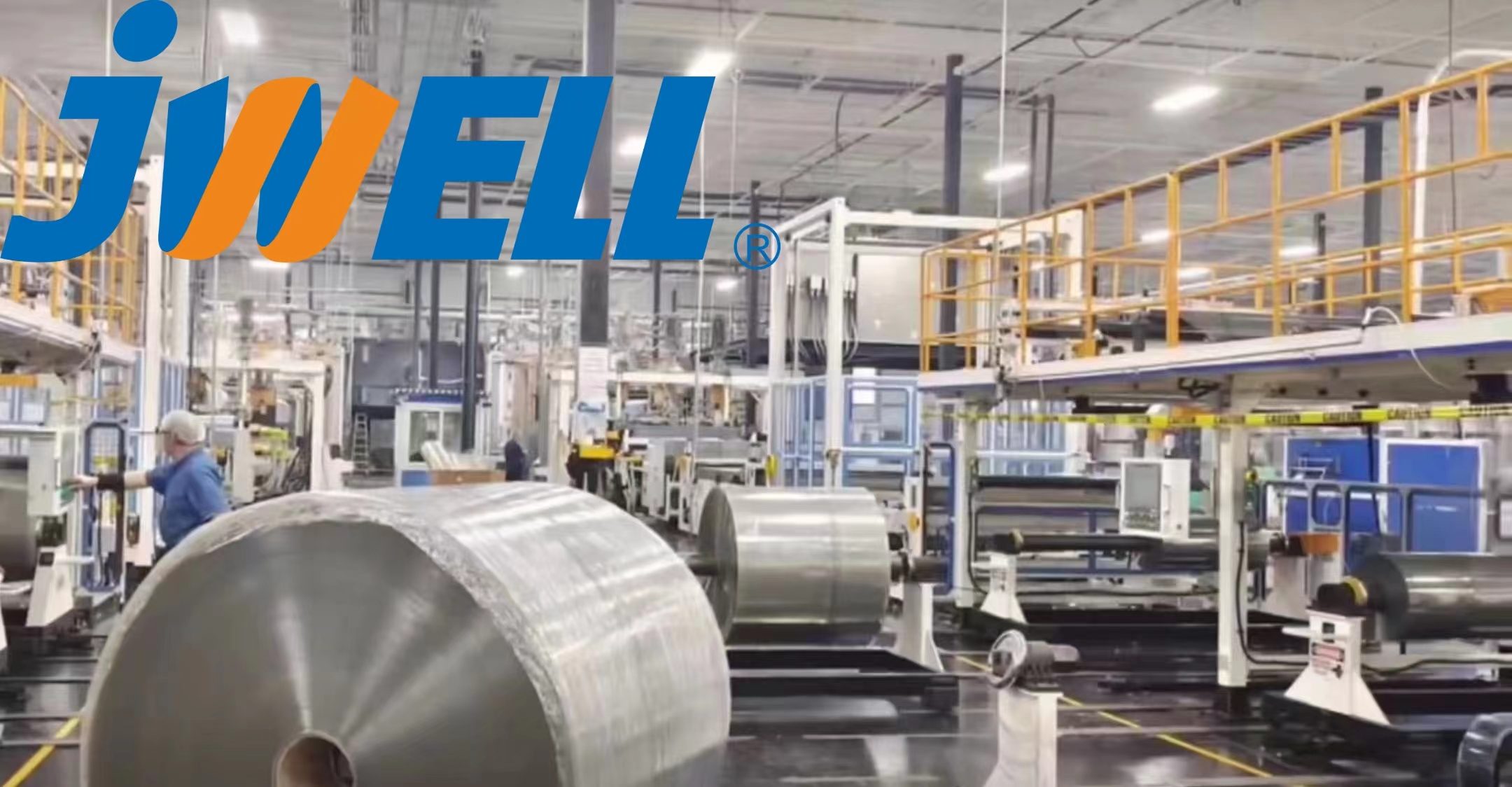Introduction
When it comes to food packaging, the materials used can make a significant difference in the preservation, safety, and convenience of the product. CPET (Crystallized Polyethylene Terephthalate) and PET (Polyethylene Terephthalate) are two commonly used materials in the industry, each with its own set of properties and applications. At Jwell, we understand the importance of selecting the right material for packaging solutions. This article will explore the key differences between CPET and PET, helping you understand which material is best suited for your packaging needs.
What is the difference between CPET and PET?
PET is a widely used plastic material that is known for its clarity, strength, and versatility. It is commonly used for manufacturing bottles, containers, and various packaging materials. PET is an amorphous material, meaning its molecular structure is not arranged in a crystalline pattern, which gives it its characteristic transparency and flexibility.
On the other hand, CPET is a variant of PET that undergoes a crystallization process. This crystallization alters the molecular structure of the material, making it more rigid and heat-resistant. The key difference between CPET and PET lies in this crystallization process, which provides CPET with enhanced durability, temperature resistance, and rigidity compared to standard PET.

Key Differences Between CPET and PET
Heat Resistance
One of the most notable differences between CPET and PET is their heat resistance. CPET, being crystallized, can withstand much higher temperatures than PET. While PET can begin to soften at temperatures as low as 60°C to 70°C, CPET can handle temperatures up to 220°C. This makes CPET an ideal choice for food packaging that needs to be used in both frozen and high-temperature environments, such as microwave or oven-safe packaging. PET, on the other hand, is better suited for applications where heat resistance is not a critical factor.
Durability
CPET is more rigid and durable compared to PET. This increased rigidity makes CPET containers less likely to deform under stress or extreme temperatures, providing better structural integrity during handling, transportation, and storage. PET, being more flexible, is often used in applications where flexibility is required, such as for bottles and containers that need to withstand pressure changes.
Transparency
Another key difference between the two materials is transparency. PET is naturally clear and transparent, which makes it an excellent choice for packaging applications where product visibility is important. This is why PET is commonly used for packaging beverages, food products, and consumer goods that require an aesthetically pleasing and transparent package.
In contrast, CPET is generally opaque or semi-opaque due to its crystallized structure. While this may make CPET containers less visually appealing for products that need to be seen, the opacity of CPET serves a functional purpose by providing better protection from light and UV radiation, which can help preserve the freshness and quality of the food inside.
Applications
PET is primarily used in applications that require flexibility and transparency, such as beverage bottles, food containers, and personal care product packaging. PET is lightweight, cost-effective, and highly suitable for products that do not need to be exposed to high temperatures.
On the other hand, CPET is better suited for food packaging applications that need to withstand both freezing and reheating. It is commonly used for ready-to-eat meals, frozen foods, and microwave-safe trays. CPET’s ability to endure both low and high temperatures makes it ideal for packaging products that will undergo significant temperature fluctuations.
Recyclability
Both PET and CPET are recyclable materials, but their recycling processes differ slightly due to their molecular structures. PET is widely accepted in recycling programs and is easily repurposed for new products. CPET, while recyclable, is less commonly processed due to its more complex crystallized structure, which can make recycling more challenging in some facilities. However, CPET is still considered a more sustainable option compared to other non-recyclable materials like aluminum or certain multi-layer plastics.
Conclusion
In summary, the main differences between CPET and PET lie in their heat resistance, durability, transparency, and applications. CPET is a more heat-resistant, rigid material, making it ideal for applications that require exposure to both freezing and high temperatures, such as microwave and oven-safe food containers. PET, on the other hand, is more flexible, transparent, and better suited for lower-temperature applications like beverage bottles and consumer goods packaging.
Choosing between CPET and PET depends on the specific needs of the product being packaged. If high heat resistance and rigidity are essential, especially in food packaging that requires both freezing and reheating, CPET is the better choice. For products that prioritize transparency, flexibility, and cost-effectiveness, PET remains an excellent option.

















